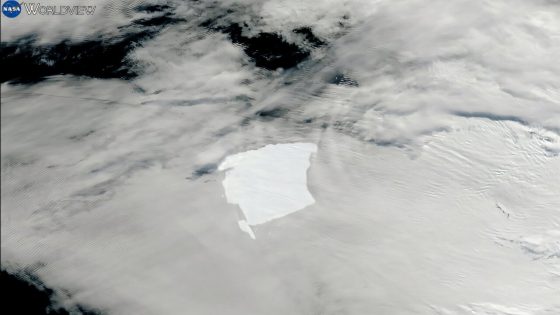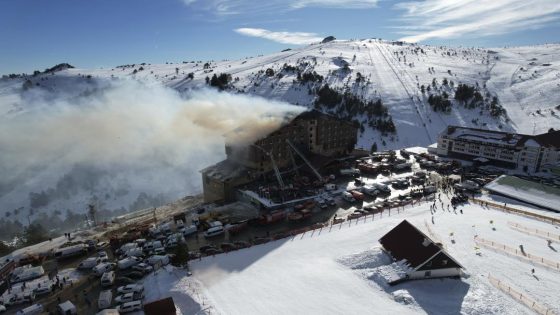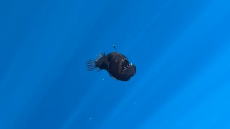On February 1, 2025, scientists reported that a significant piece of the world’s largest iceberg, known as A23a, has broken off. The iceberg, which has been drifting from Antarctica since 2020, lost a chunk measuring 19 kilometers (12 miles) in length, raising concerns about its stability and potential impact on wildlife in the South Atlantic.
- World's largest iceberg lost a 19 km chunk.
- Iceberg A23a calved from Antarctica in 1986.
- Drifted toward South Georgia, affecting wildlife.
- Scientists monitor iceberg's stability via satellite.
- Future fragmentation remains uncertain and unpredictable.
- Icebergs can disrupt feeding for seals and penguins.
The iceberg A23a, which is over twice the size of Greater London and weighs nearly one trillion tonnes, has remained largely intact since it began its journey northward in 2020. Scientists have been monitoring its movement, especially as it approaches South Georgia, a vital feeding ground for seals and penguins. The recent calving event is the first significant piece to break off since the iceberg’s release from the Antarctic shelf in 1986.
Key details regarding the iceberg include:
- Size before calving: Approximately 3,360 square kilometers (1,295 square miles).
- Size of the piece that broke off: About 80 square kilometers (31 square miles).
- Initial calving date: 1986, remained stuck for over 30 years before breaking free in 2020.
Andrew Meijers from the British Antarctic Survey noted that while the iceberg has lost a smaller piece previously, the recent loss indicates that the internal fractures are beginning to manifest. He emphasized that it is uncertain whether this event signals a larger disintegration process or if the iceberg will remain stable for a longer period. The trajectory of the iceberg towards South Georgia is expected to remain unchanged despite this recent loss.
The recent calving of A23a marks a significant moment in the monitoring of this massive iceberg. As it continues to drift, its effects on local wildlife and ecosystems will be closely observed by scientists, highlighting the ongoing changes in polar regions due to climate dynamics.


















![[BREAKING] Fire erupts on Air Busan Plane at Gimhae Airport; All 176 onboard safely evacuated](https://news.faharas.net/wp-content/uploads/2025/01/Fire-Breaks-Out-on-Air-Busan-Flight-at-Gimhae-Airport-230x129.png)














